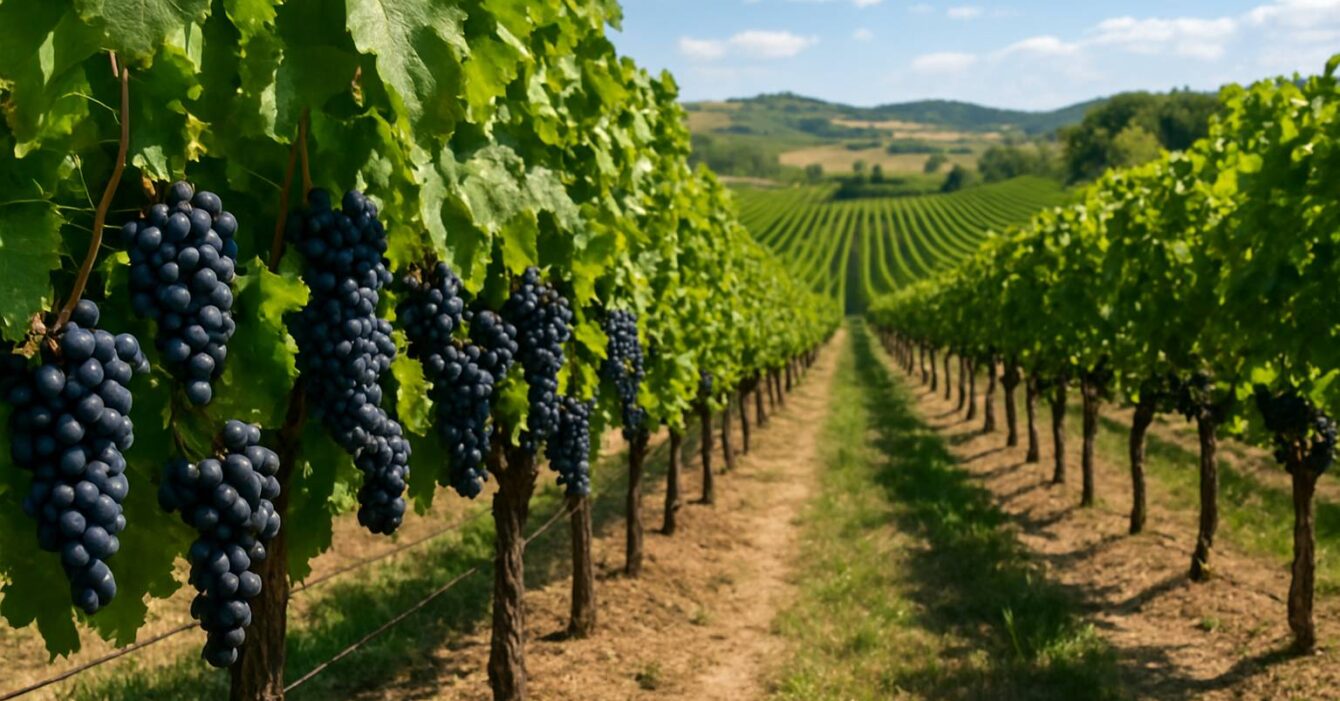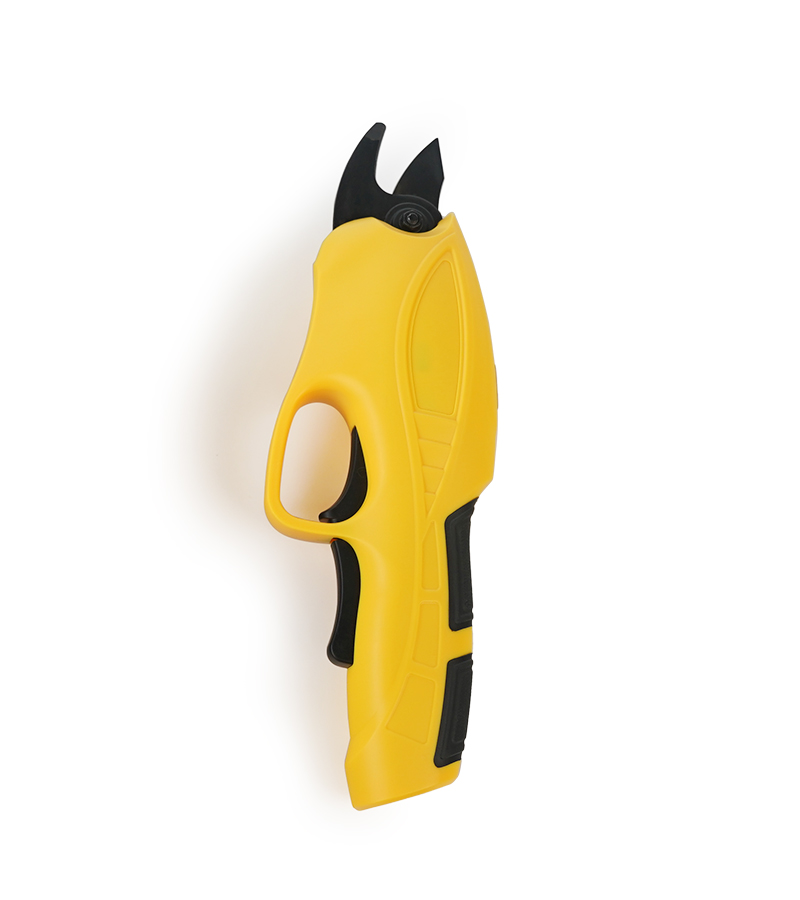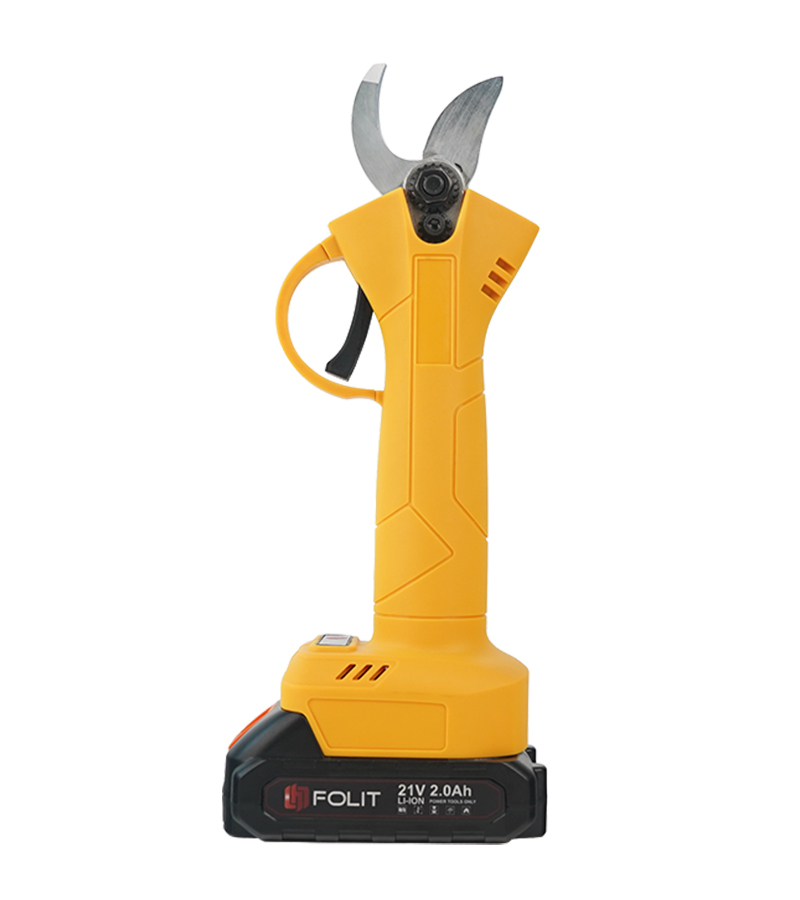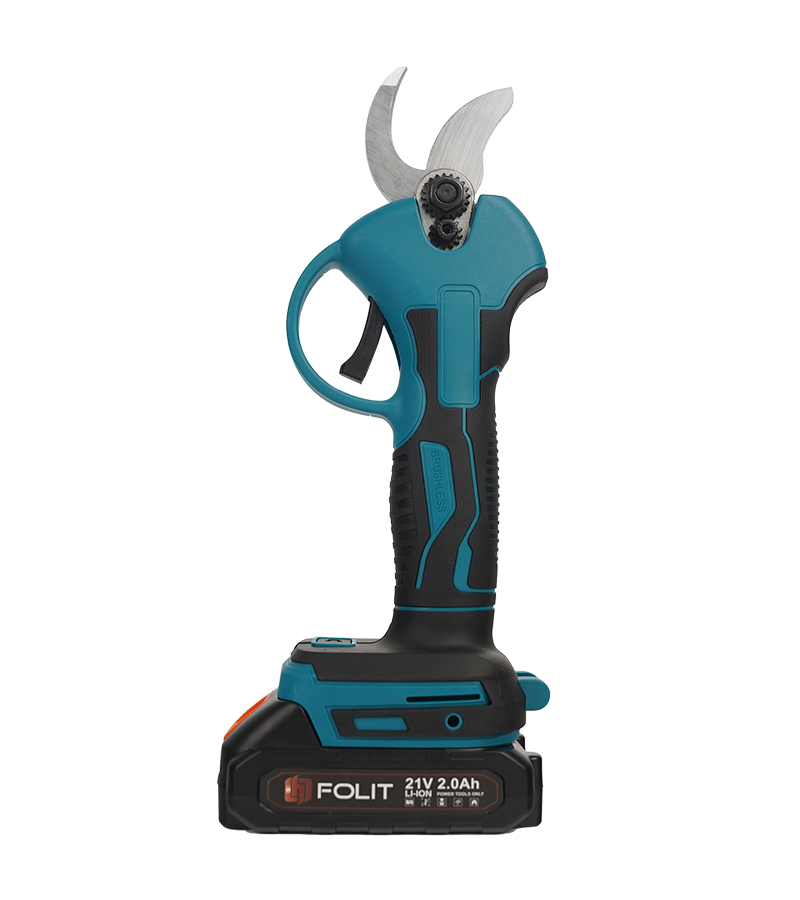Introduction
Pruning is one of the most labor-intensive tasks in vineyards and orchards, directly affecting yield quality, plant health, and long-term sustainability. Traditionally, manual secateurs have been the standard tool, but the introduction of electric secateurs is transforming large-scale agricultural operations. For commercial growers managing vineyards, orchards, or tea plantations, these tools provide measurable gains in productivity, worker health, and operational efficiency.
Why Pruning Matters in Commercial Agriculture
- Labor intensity: Studies from the International Organisation of Vine and Wine (OIV, 2023) indicate that pruning accounts for 15–25% of total vineyard labor hours annually.
- Yield impact: Proper pruning can increase grape yield consistency by up to 20% in controlled vineyard trials (University of Bordeaux, 2022).
- Tree longevity: Orchard research in Spain found that structured pruning reduced disease incidence in apple trees by 30%, extending tree lifespan and profitability.
Electric vs Manual Secateurs: Efficiency Comparison
| Factor | Manual Secateurs | Electric Secateurs |
|---|---|---|
| Average cuts per hour | 1,500–1,800 | 3,000–3,500 (+90%) |
| Worker fatigue level | High (hand strain) | Low (battery-powered) |
| Daily pruning capacity | ~350 vines per worker | ~650 vines per worker |
| Long-term health impact | Risk of RSI & CTS¹ | Reduced strain by 60%² |
| Training requirements | Low | Low to moderate |
¹ RSI = Repetitive Strain Injury; CTS = Carpal Tunnel Syndrome
² Based on trials in Italian vineyards, 2021

Key Benefits in Vineyards and Orchards
1. Productivity Gains
In commercial vineyards across Italy and France, trials showed workers using electric secateurs pruned 40–50% more vines per day compared to manual tools. This reduction in labor hours is critical in regions facing agricultural labor shortages.
2. Labor Cost Reduction
A Spanish olive orchard study (2022) reported that switching to electric pruning tools reduced seasonal labor costs by 25%, without compromising pruning quality. For a 50-hectare orchard, this translated into €18,000 saved per year.
3. Worker Health & Safety
Agricultural workers are prone to musculoskeletal disorders. Data from the European Agency for Safety and Health at Work (EU-OSHA, 2021) shows that 1 in 4 agricultural workers experience hand/wrist strain. Electric secateurs minimize repetitive force, significantly reducing workplace injuries and sick leave.
4. Consistency & Precision
Battery-powered blades provide consistent cutting power, ensuring clean cuts on hardwood branches. This precision improves wound healing and lowers the risk of fungal infections like Eutypa dieback in grapevines.
Case Study: Vineyards in Bordeaux, France
A mid-sized vineyard (120 hectares) adopted electric secateurs for their seasonal pruning team of 40 workers. Results after one year:
- Work output increased by 42%.
- Labor costs decreased by €25,000.
- Worker-reported fatigue dropped by 65% compared to previous seasons.
Future Outlook: Beyond Vineyards and Orchards
- Tea plantations: Trials in Zhejiang, China, showed that electric pruning reduced manual effort by 45%, enabling longer working shifts without fatigue.
- Citrus orchards: Spanish trials confirmed faster canopy shaping, improving harvest accessibility and reducing ladder use by 30%.
- Sustainability: With rechargeable lithium-ion batteries, electric secateurs align with eco-friendly farming practices and reduce reliance on fossil-fuel-based machinery.
Conclusion
The commercial use of electric secateurs is proving to be a game changer for large-scale pruning in vineyards, orchards, and plantations. By significantly boosting productivity, lowering labor costs, and protecting worker health, they are rapidly becoming a standard tool for modern agriculture. For growers seeking to remain competitive in an industry facing rising labor costs and skill shortages, investing in electric pruning technology is a smart and sustainable decision.








